Week in Review: May 12, 2023
May 15, 2023
Recap & Commentary
Markets ended the week lower as investors digested the latest inflation readings and kept a wary eye on debt-ceiling negotiations unfolding in Washington. Concerns about the US banking system continued, though they were largely confined to a small handful of individual banks. Across the pond, both the European Central Bank (ECB) and Bank of England (BOE) raised interest rates in an ongoing effort to combat inflation.
US consumer inflation continued to trend down, from 5.0% in March to 4.9% in April. Despite the modest decline, markets continue to expect the Fed to cut rates three times before year end. However, according to research firm Strategas, since 1971, only six of the Fed’s 124 rate cuts have occurred when unemployment was below 4%. With unemployment currently at 3.4%, history and the Fed’s forecast of holding rates steady through year end suggest market expectations may need to adjust and move the timeline into 2024.
With June 1 rapidly approaching, the President and Congressional leaders met to discuss ways to raise the debt ceiling in time to avoid a default. Growing nervousness about the possibility of at least a temporary default was reflected in this past week’s T-Bill auction where four-week bills garnered a yield of 5.72%, while eight-week T-Bill yields were 4.79%.
Through Friday, 92% of S&P 500 companies had reported 1Q23 earnings. Thus far, 78% have beaten their consensus estimate. According to industry group FactSet, consolidated earnings growth for the quarter is expected to be -2.5%.
Economic Commentary
Headline consumer inflation (CPI) rose 0.4% in April, driven largely by the core prices (excluding food and energy) which also rose 0.4%. Shelter prices slowed from 0.7% in March to 0.4% in April. Compared to a year ago, headline CPI ticked down from 5.0% to just 4.9%, while core CPI eased from 5.6% to 5.5%. Fed Chair Powell’s closely watched “super-core” inflation, core-services ex-shelter, rose 0.2% matching the prior month.
Headline producer inflation (PPI) increased 0.2% vs. the 0.3% forecast. Compared to a year ago, headline PPI rose 2.3%, down from 2.7% in March, and the lowest rate since January 2021. Most of the gain was driven by an increase in services. Inflation is moderating at the consumer and producer levels providing support to market expectations that the Federal Reserve will maintain rates at the next meeting in mid-June.
Consumer sentiment deteriorated in early May due to diminished views of both current and future conditions. On a positive note, 1-year inflation expectations slowed from 4.6% to 4.5%, however, that was overshadowed by 5-year inflation expectations which rose from 3.0% to 3.2%, the highest level since 2011.
In a sign of slowing labor markets, weekly jobless claims rose 22K to 263K, a one-and-a-half year high. The four-week moving average, which helps smooth week-to-week volatility, rose 6K to 245K, also a one-and-a-half year high.
Of Note
Mother’s Day became on official holiday in 1914. The National Retail Federation estimated ~$36B would be spent on Mother’s Day in 2023, up 12.6% from 2022. By one estimate, approximately 23 million flowers are sold each year on Mother’s Day.
Market Indices (As of 05/12)
- Housing Starts
- Existing Home Sales
- Retail Sales
- Industrial Production
- Weekly Jobless Claims













